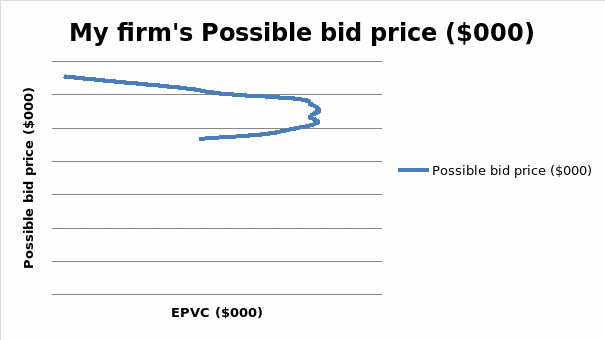A skimming price is a high price that allows the firm to make a high profit margin for every product that it sells (Douglas, 2012). A penetration price is a relatively low price that allows fast diffusion of the product into the market (Lamb, Hair & McDaniel, 2012).
Alba and Gavigan should charge a skimming price because all-natural products are considered superior goods. Their cost is likely to be higher than the cost of synthetic products. Consumers expect goods with a high value to also have a higher price (Douglas, 2012). The value proposition of the products will be leveled when the price and the value of the product are both perceived to be high. A skimming price is more likely to be successful when the products are new to the world (Lamb, Hair & McDaniel, 2012).
Alba and Gavigan may consider using penetration pricing because their products are new to the market. It means they are slightly differentiated from what we already have in the market (Douglas, 2012). A penetration price is likely to break the barriers that make customers reluctant. Alba and Gavigan are actually setting up a different type of retail store. Some of the products may be available in other retail stores. The main difference is that Alba and Gavigan provide a whole collection of all-natural goods in one store.
It will be difficult for the firm to make economic profits in the long run. If they use price skimming, they are likely to make economic profits in the early stages of their operation. If they use penetration prices, they are unlikely to make economic profits in the initial stage. One of the reasons is that new entrants are likely to reduce its profitability if the skimming price approach is successful (Douglas, 2012). Another reason is that the penetration pricing approach may cause price reactions from competitors and firms that offer close substitutes (Douglas, 2012). It will be difficult to maintain economic profits in the long run using the two options.
The skimming price approach can be used to maximize long-term profitability. Alba and Gavigan should use the skimming price to prevent losses in case they fail to capture a large market share. They should use discounts in the early stages to complement the advantages of penetration pricing in their skimming price approach. As demand rises, the firm will maintain stable prices by reducing discounts gradually.
The solution starts with an estimation of possible minimum prices that the three other bidders are likely to propose. Rival A is currently operating at full capacity. The firm also dislikes working in winter weather. It indicates that Rival A does not have a strong motivation to win the contract. However, the firm does not have a good reputation. As a result, it may need to use a lower bid price in trying to win the contract. The lowest price that Rival A is likely to bid includes a 35% increase in incremental costs. Its incremental cost exceeds my firm’s by 10%. Its incremental cost is $294,800. It is obtained by multiplying $268,000 by 1.10. Assuming the other costs are equal ($172,000), the lowest price the firm can bid is $569,980. It is the sum of $294,800 and $172,000.
Rival B is likely to bid a price of $492,800. The manager of the firm has weak political motivation to make a successful bid because he is seeking for a new job. The firm’s reputation is moderate. It may need a slightly lower price to cover for its moderate reputation. The firm does not want the contract unless it is issued at a higher rate because it dislikes working in winter. The firm is likely to use a 12% markup. Its cost structure is similar to my firm’s. The bid price is likely to be $492,800. It is obtained by multiplying my full cost ($440,000) by 1.12.
Rival C likes to work in winter. It is a chance to express their expertise. It has very low capacity utilization. The manager has strong political motivation. As a result, it is highly motivated to win the contract. It is likely to use a 10% markup to offer the lowest bid price. The lowest bid price placed by Rival C is $484,000. It is obtained by multiplying $440,000 by 1.10.
If I bid a price higher than any of the above prices, the probability of winning the contract goes down by 25% (or 0.25). The probability reductions are lower in subsequent increases in my bid price as shown in table 1. The area marked blue represents my usual bidding price area (60% to 80% of incremental costs).
Table 1
The table shows that at 60% to 80% incremental costs added to the bid price, my firm bids at a rate higher than the lowest price that the three rival firms are likely to bid. It is the reason for the low success probability rates. The bid price that maximizes EPVC is about $530,000. The decision is elaborated on Graph 1 shown below. The highest EPVC at the lowest costs is found at about $530,000 bid price. My firm is unlikely to win the contract if it maintains the norm of using 60% to 80% addition on incremental costs.

For my firm to win the contract, it will need to bid at a price lower than the three rivals. It will be at 15% addition on incremental costs, a bid price of $480,000, and EPVC of $26,800.
References
Douglas, E. (2012). Managerial economics. San Diego, CA: Bridepoint Education.
Lamb, C., Hair, J., & McDaniel C. (2012). Marketing. Mason, OH: South-Western Cengage Learning.